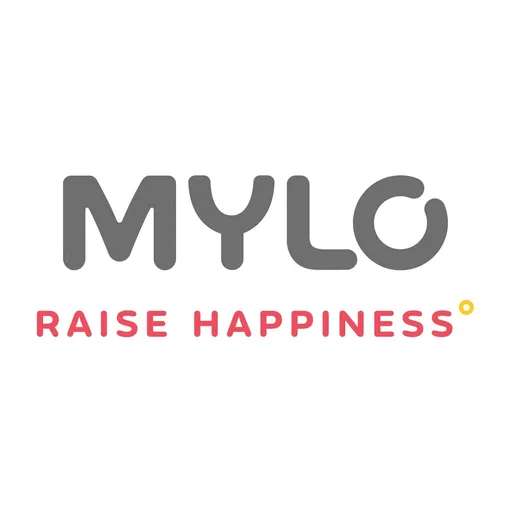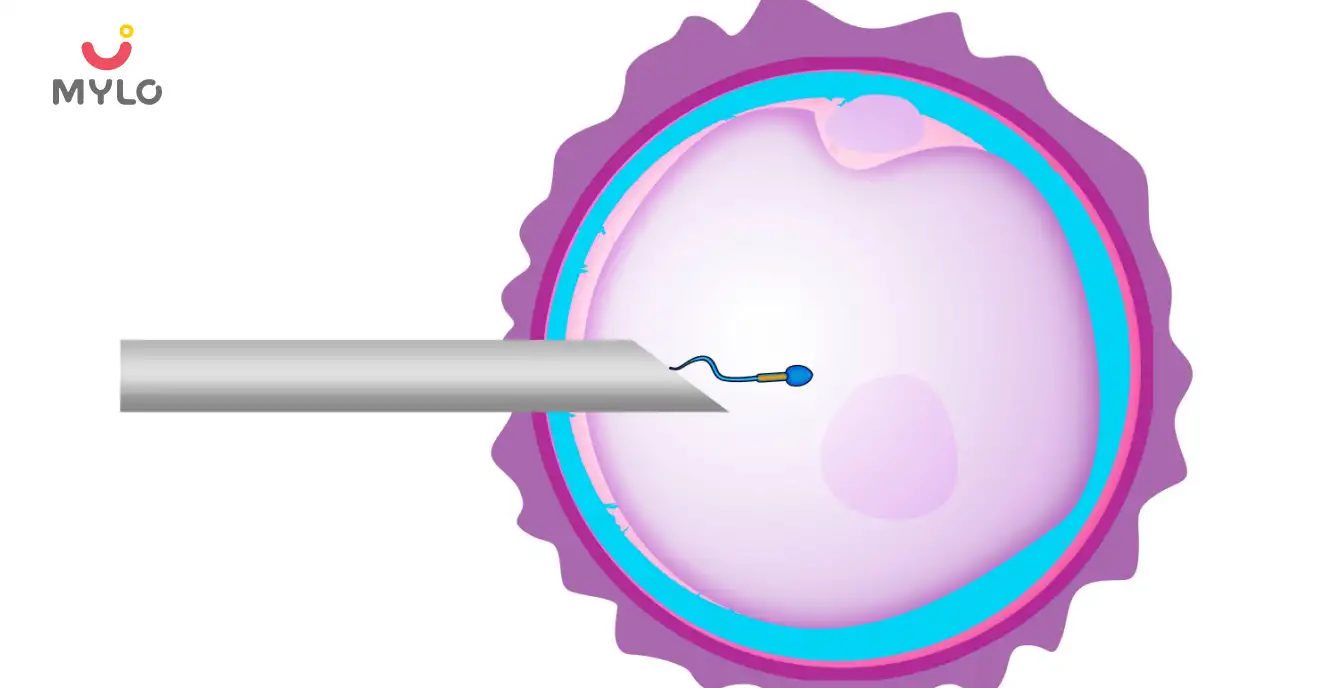Home

How to Wean Off Breastfeeding: The Ultimate Guide for New Moms
In this Article

Baby Care
How to Wean Off Breastfeeding: The Ultimate Guide for New Moms
Updated on 13 July 2023
Six months ago, Vatsala welcomed a beautiful baby girl, Misha, into the world. Every day a new challenge awaited her as she learnt how to breastfeed, change a diaper, put her baby girl to sleep and every other aspect of baby care. And the time seemed to fly with her little bundle of joy in her arms. But a call from her organisation’s HR asking when she would join the work brought her back to life before Misha. A new challenge awaited her: how to wean off breastfeeding.
In this article, we will explore the different methods of weaning, the best practices for a successful transition, and tips on how to make the process as smooth as possible for both mom and baby. So, if you're a new mom like Vatsala who's ready to start the weaning process, grab a cup of tea and let's dive in!
What is Baby Weaning?
Baby weaning refers to the process of transitioning a baby from breast milk or formula to solid foods. It is an essential part of a baby's development as it helps them learn how to eat and develop their motor skills. Weaning usually starts around six months of age, but the process can begin earlier or later depending on the baby's needs.
There are two types of baby weaning: traditional and baby-led weaning. Traditional weaning involves introducing pureed foods to the baby, while baby-led weaning allows the baby to explore different textures and tastes through self-feeding. Both methods have their benefits and disadvantages, and it is up to the mother to decide which method suits her and her baby.
When is the Right Time to Start Weaning Breastfeeding?
The right time to start weaning breastfeeding depends on the baby's needs and the mother's preference. The World Health Organization (WHO) recommends exclusive breastfeeding for the first six months of a baby's life. After six months, solid foods can be introduced while continuing breastfeeding until at least two years of age.
However, every baby is different, and some may be ready to wean earlier or later than others. Signs that a baby is ready to wean include showing interest in solid foods, being able to sit upright with support, and having developed good head control. Mothers should also consider their own needs, such as returning to work or needing to take medication that may interfere with breastfeeding.
How to Wean Off Breastfeeding?
Weaning off breastfeeding should be a gradual process to avoid discomfort for both the baby and mother. Abruptly stopping breastfeeding can cause engorgement, blocked ducts, and even mastitis for the mother, while the baby may experience confusion and distress. Here are the steps to follow when weaning off breastfeeding:
Step 1: Introduce solid foods
Start by introducing solid foods to the baby while still breastfeeding. This helps the baby get used to different tastes and textures while still getting the nutrition they need from breast milk. Begin with small amounts of pureed foods and gradually increase the amount and variety of foods over time.
Step 2: Drop one breastfeeding session at a time
Once the baby has become comfortable with solid foods, start dropping one breastfeeding session at a time. Choose the feeding that the baby seems least interested in, such as a midday feeding. Replace the breastfeeding session with a solid food meal or a bottle of formula, depending on the baby's needs.
Step 3: Wait a few days before dropping another session
It's important to wait a few days before dropping another breastfeeding session to allow the baby to adjust to the change. This also gives the mother's body time to adjust to the decreased demand for breast milk. Gradually drop one feeding at a time until all feedings have been replaced with solid foods or formula milk.
Step 4: Drop nighttime feedings last
Nighttime feedings are usually the last to be dropped as they provide comfort and reassurance to the baby. Mothers can start by breastfeeding for a shorter period or offering a bottle of formula instead. Gradually reduce the amount of time spent breastfeeding until the baby no longer needs it.
What are the Stages of Weaning?
Weaning can be divided into three stages:
1. Introduction
The introduction stage involves introducing solid foods to the baby while still breastfeeding.
2. Transition
The transition stage involves gradually dropping breastfeeding sessions and replacing them with solid foods or formula.
3. Completion
The completion stage is when the baby has been fully weaned off breast milk.
It's important to note that weaning is a gradual process, and each baby is different. Some babies may take longer to wean than others, and that's perfectly normal.
How to Drop Breastfeeding Sessions Gradually?
Dropping breastfeeding sessions gradually is the key to a successful weaning process. Here are some tips to help mothers drop breastfeeding sessions without causing discomfort to themselves or their babies:
Tip 1: Choose the right time
Choose a time when the baby is least dependent on breastfeeding, such as after a meal or after a nap. This helps the baby feel fuller and less likely to miss breastfeeding.
Tip 2: Distract the baby
Distract the baby with toys or other activities to take their mind off breastfeeding. This helps the baby associate feeding with other activities and reduces their dependency on breastfeeding.
Tip 3: Offer a substitute
Offer a substitute for breastfeeding, such as a bottle of formula or a sippy cup. This helps the baby get used to other forms of feeding and reduces their reliance on breastfeeding.
Tip 4: Don’t offer, don’t refuse
Another technique known as "don't offer, don't refuse" involves breastfeeding the child when they ask, but not offering it when they don't.
Tip 5: Expressing
To prevent engorgement or blocked ducts, you can also try expressing breast milk with the help of either self-expression or pumping as it can help take off the pressure a little.
You may also like: How to Stop Breastfeeding?
When to Stop Baby Weaning?
When to stop baby weaning is up to the mother and the baby. Some babies may wean earlier than others, while some may continue breastfeeding until two years of age or older. Mothers should pay attention to their baby's cues and stop weaning when the baby is ready.
It's important to remember that weaning is a personal decision, and there is no right or wrong way to go about it. Mothers should trust their instincts and take their time to wean their babies off breast milk.
The Bottomline
Weaning off breastfeeding can be a challenging experience for both mother and baby, but it doesn't have to be. With the right guidance, weaning can be a smooth transition for both parties. Mothers should trust their instincts, listen to their baby's cues, and take their time when weaning. Remember, every baby is different, and there is no right or wrong way to go about how to wean off breastfeeding.
References
1. Weaning your child from breastfeeding. (2004). Paediatr Child Health.
2. Grueger B; Canadian Paediatric Society, Community Paediatrics Committee. (2013). Weaning from the breast. Paediatr Child Health.

Increase Breast Milk Supply with LactoMama ™ Lactation Granules - 300g - Pack of 1 | Elaichi
₹ 499

4.5
(16031)





Written by
Mylo Editor
Official account of Mylo Editor
Read MoreGet baby's diet chart, and growth tips

Related Articles
Related Topics
RECENTLY PUBLISHED ARTICLES
our most recent articles

Male Infertility
Intracytoplasmic Sperm Injection (ICSI) How It Can Help Treat Male Infertility

Celebrate Breast Feeding Week
Baby Sleeping While Breastfeeding: Understanding the Causes and Solutions

Breast Lump
Lump in Breast During Breastfeeding How to Identify, Treat, and Prevent Lump Formation

Developmental Disorders
Understanding Down Syndrome: A Comprehensive Guide for Parents

Breast Milk
No Breast Milk After Delivery: What to Do & What are the Factors Responsible

Lactation Issues
Lactation Failure: A Comprehensive Guide to Understanding the Causes and Solutions
- Breast Pain During Pregnancy: What to Expect and How to Find Relief
- Baby Spit Up: The Ultimate Guide to Causes, Prevention, and Management
- Unexplained Infertility: Breaking Down the Factors and Finding Solutions
- Mulethi: Unraveling the Therapeutic Potential of Licorice Root for Your Overall Health
- 5 Steps to a Healthy Lifestyle: The Blueprint for Your Wellness Journey
- Chandraprabha Vati: How This Potent Ayurvedic Formulation Can Boost Your Health
- Trichomoniasis: Meaning, Symptoms, Causes and Risks
- Gallstones in Pregnancy: Symptoms, Complications & Treatment
- Fertility Massage: A Holistic Approach to Boosting Fertility Your Chances of Conception
- Baby Vomiting After Feeding: Understanding the Causes and Solutions for Upset Stomach
- Why do you need to wear a high waisted panty during pregnancy?
- Top 5 Precautions You Should Take After Getting an IVF Treatment
- Baby Kicking During Pregnancy: Unveiling the Wonders of Quickening in Pregnancy
- Daddy duties: Here's your guide to fatherhood


AWARDS AND RECOGNITION

Mylo wins Forbes D2C Disruptor award

Mylo wins The Economic Times Promising Brands 2022
AS SEEN IN
















- Mylo Care: Effective and science-backed personal care and wellness solutions for a joyful you.
- Mylo Baby: Science-backed, gentle and effective personal care & hygiene range for your little one.
- Mylo Community: Trusted and empathetic community of 10mn+ parents and experts.
Product Categories
baby carrier | baby soap | baby wipes | stretch marks cream | baby cream | baby shampoo | baby massage oil | baby hair oil | stretch marks oil | baby body wash | baby powder | baby lotion | diaper rash cream | newborn diapers | teether | baby kajal | baby diapers | cloth diapers |








